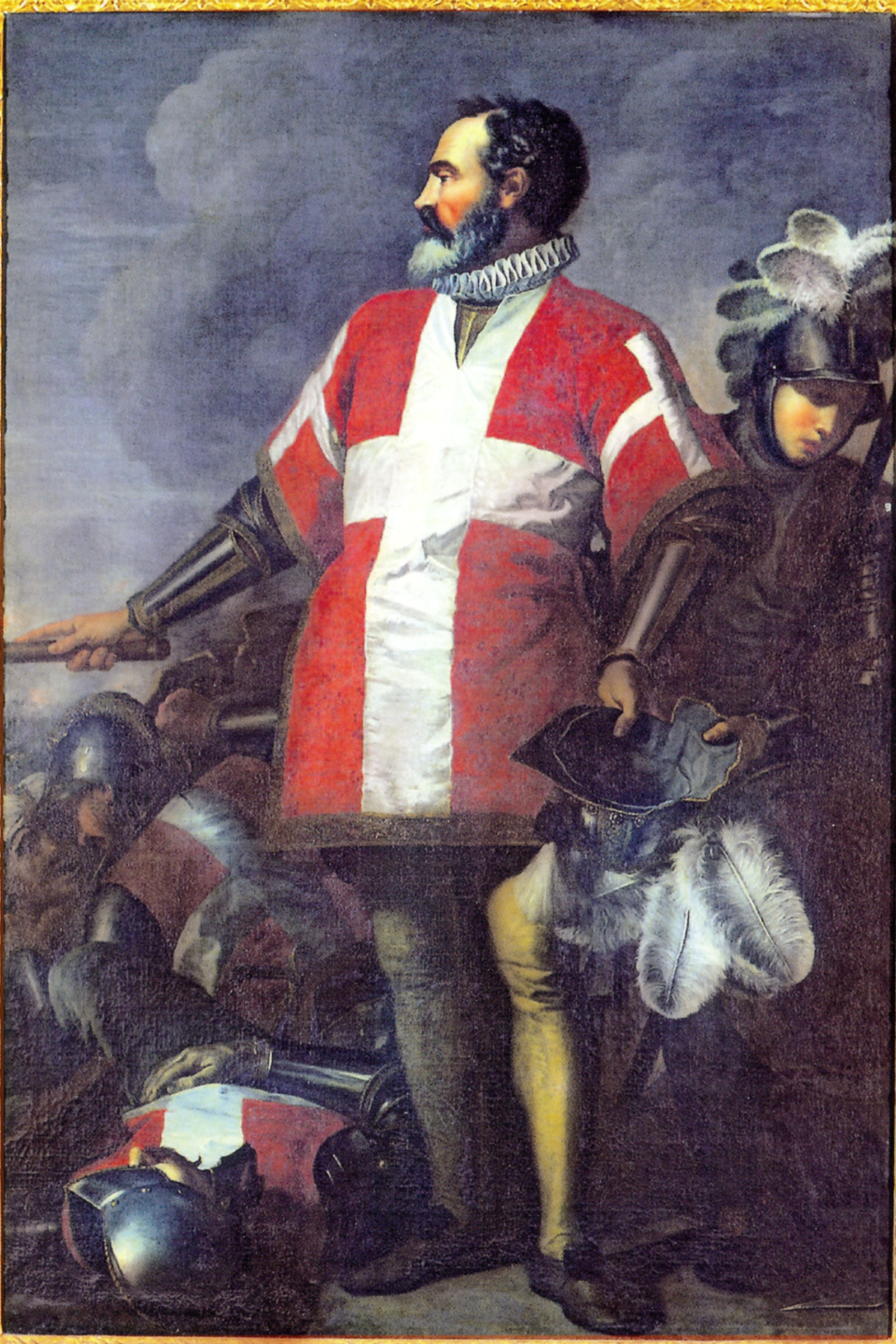A retired Crusader defends Malta
Jean de la Valette against the Turks

Portrait of the Grand Master Jean de la Valette, A. Favray - Wikimedia
Jean de la Valette, known as *Parisot* (1494–1568), named after the French town where he was born, is undoubtedly one of those legendary figures whose fame was well-established even during his lifetime. After a brief period of captivity as a rower on Turkish galleys, La Valette quickly rose through the ranks of the Order of the Knights Hospitaller, thanks to his exceptional military prowess and strategic mind. He joined the order in 1514 and became its Grand Master in 1557. It was said of him that he was so capable in his virtues that he could "govern a kingdom or convert a Protestant."
As Grand Master of the Order of Malta (the Knights Hospitaller had moved to the island after losing Rhodes, adopting its name) and Lord of Tripoli, La Valette significantly strengthened the navy and the army, restoring order within his domain and neighboring Christian islands. This earned him notable recognition from Emperor Charles V and later Philip II.
Malta's strategic position made it a target for Suleiman the Magnificent, who launched an invasion in 1565, aiming to secure a port to attack Christian powers in the Mediterranean. Despite being vastly outnumbered, the Knights of Malta entrusted the defense of the island to the now 70-year-old La Valette, who personally took to the front lines against his lifelong foe. What was intended to be a swift campaign for the Ottomans became a protracted four-month siege, hampered by internal discord within the Turkish fleet, led by Dragut, and the coastal fortifications strengthened under La Valette’s leadership.
La Valette immediately rationed provisions, hired mercenaries to support his knights, and oversaw the deepening of the trenches around the fortresses of Birgu and Senglea. He stationed most of his men at Fort Saint Elmo, where he declared: *"If we must die, we will do so sacrificing our lives one by one, buying time for Europe and Christendom."* These words became a rallying cry. Under his orders, the Christians, fighting from the front lines, eventually repelled the Turks, becoming heroes of Christendom.
Parisot died in Malta at the age of 74, leaving behind a legacy as a defender of the faith and a symbol of resilience.
Arrigo Petacco, La croce e la mezzaluna, Mondadori, 2010
Carlo Capra, Storia Moderna 1492-1848, Le Monnier, 2021
2025-08-14
Salvatore Ciccarello
